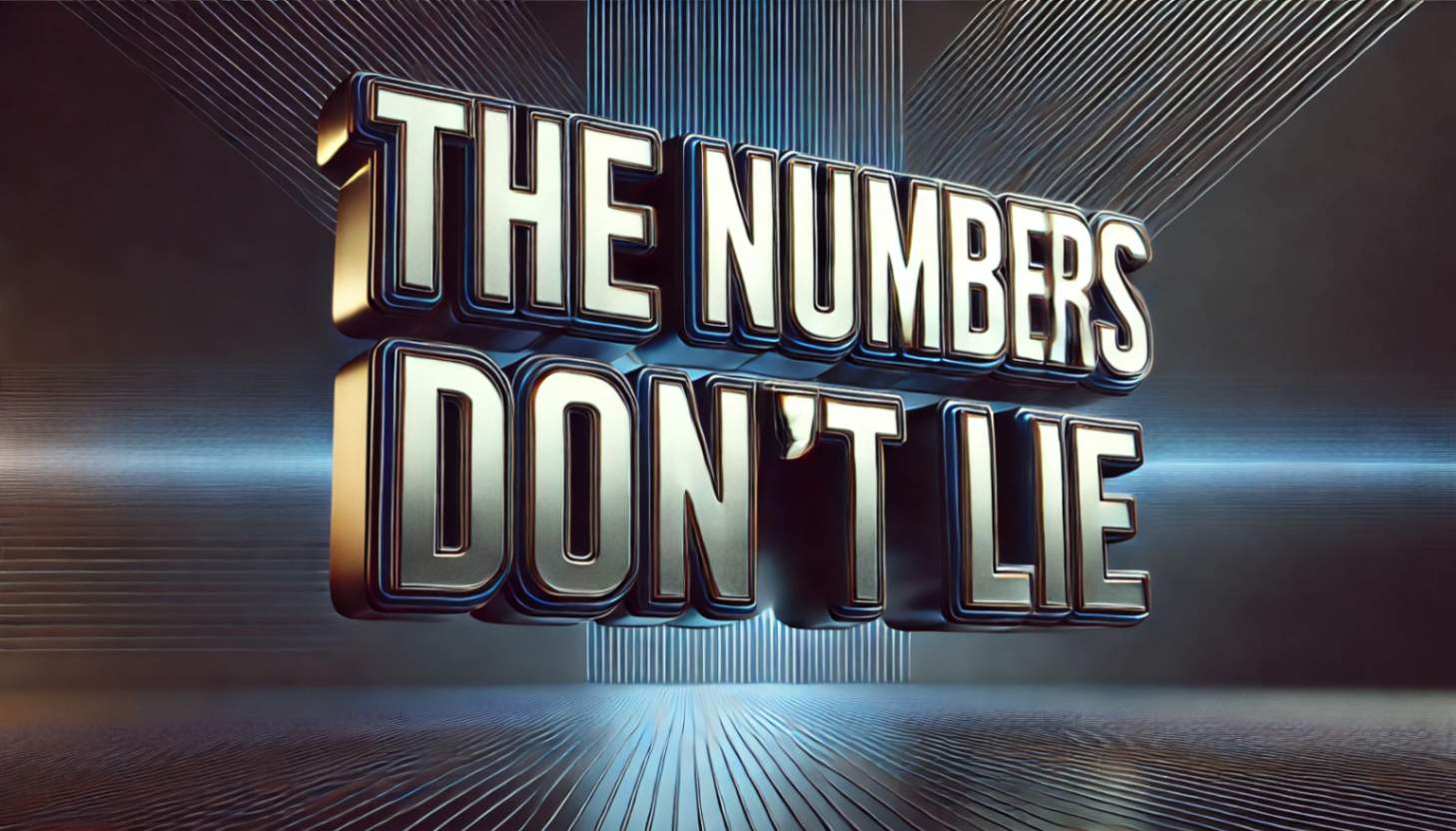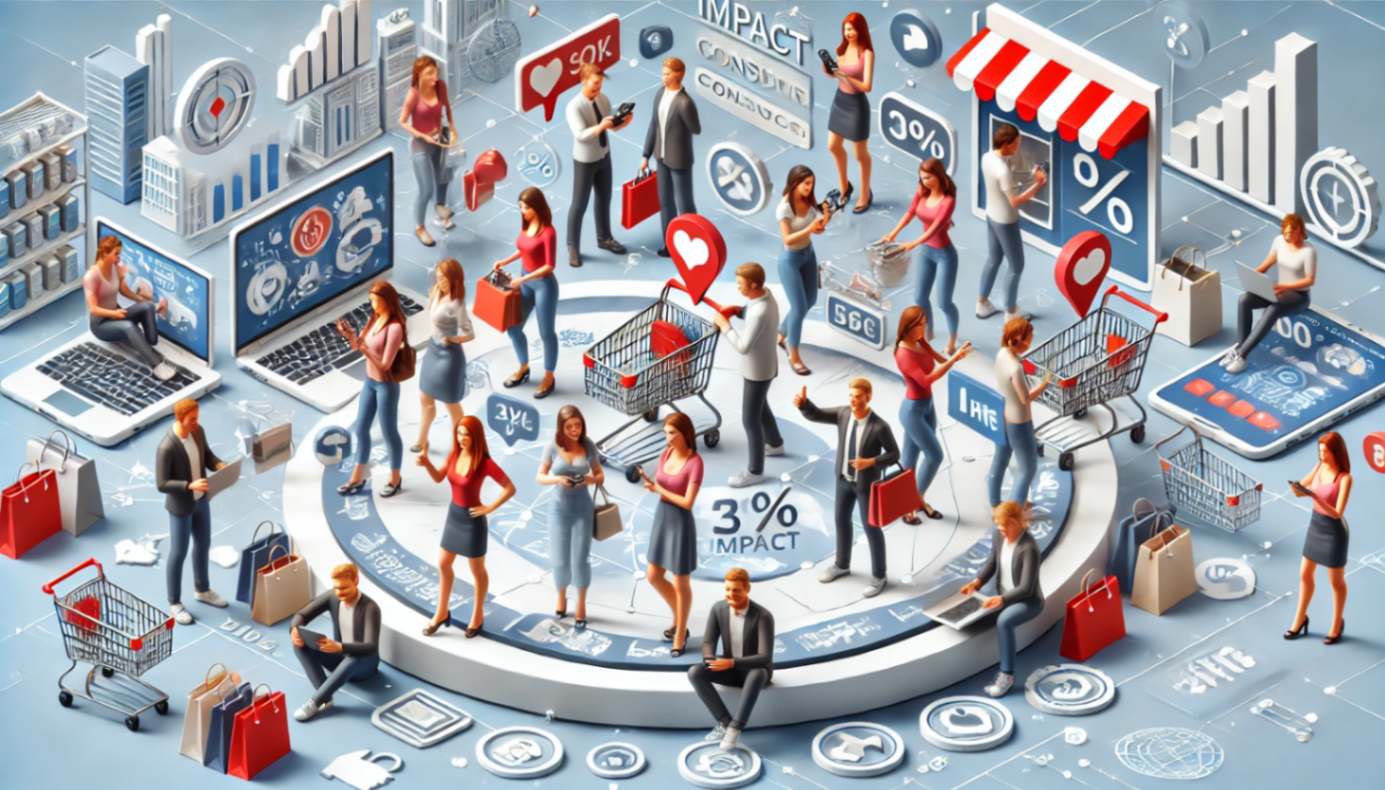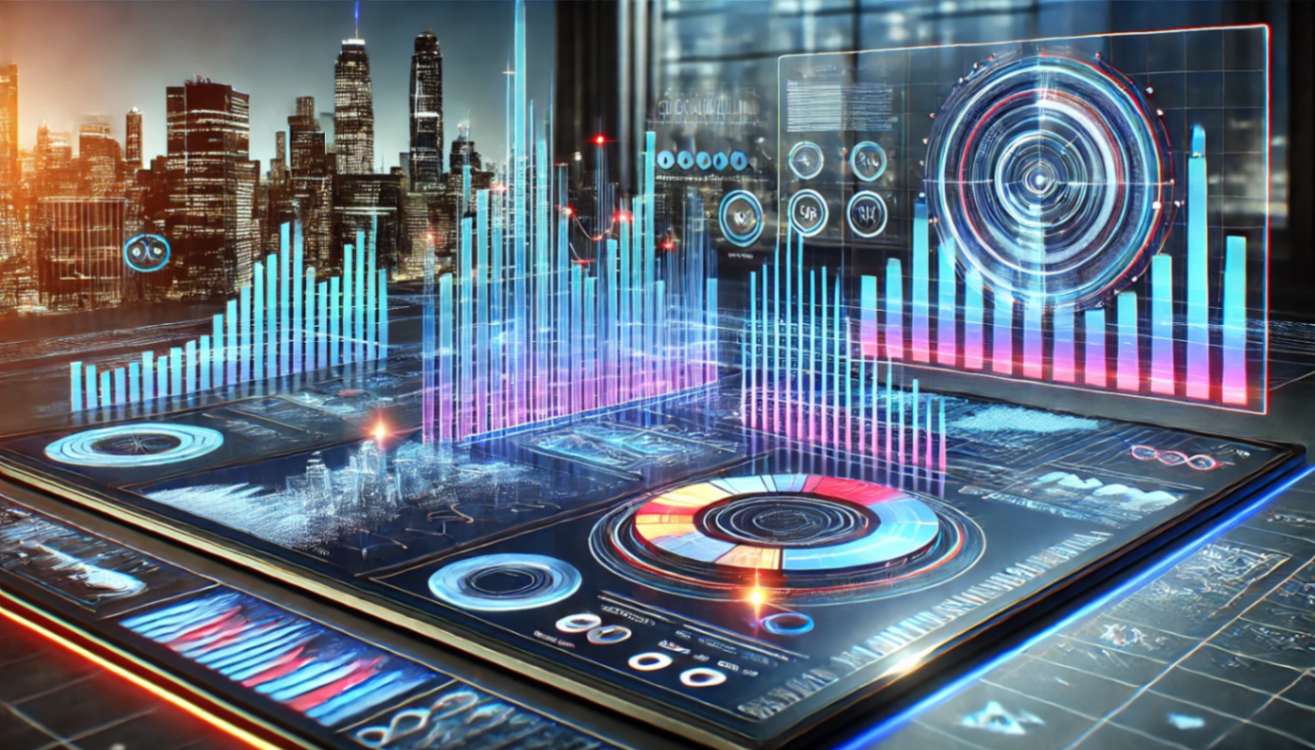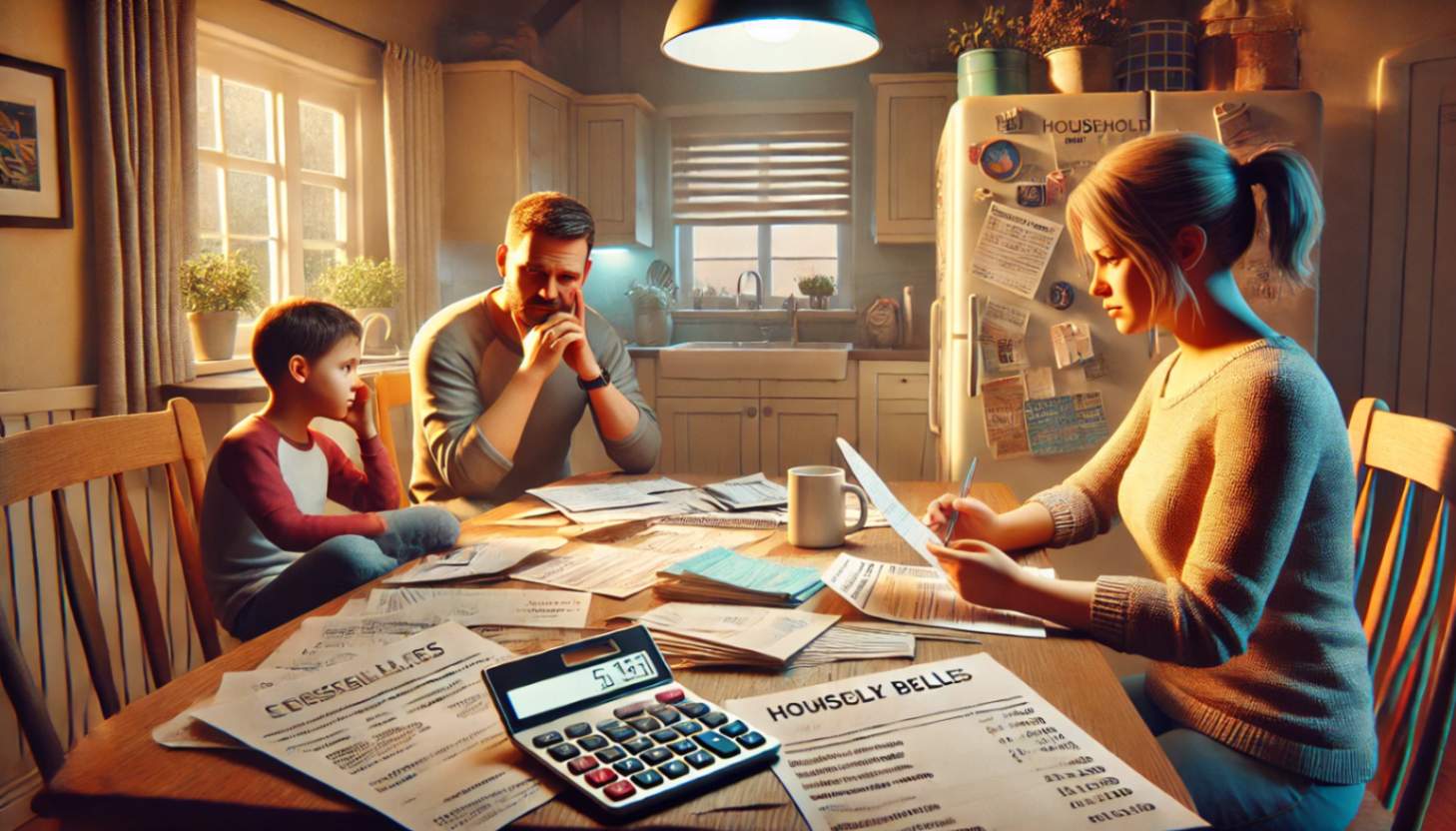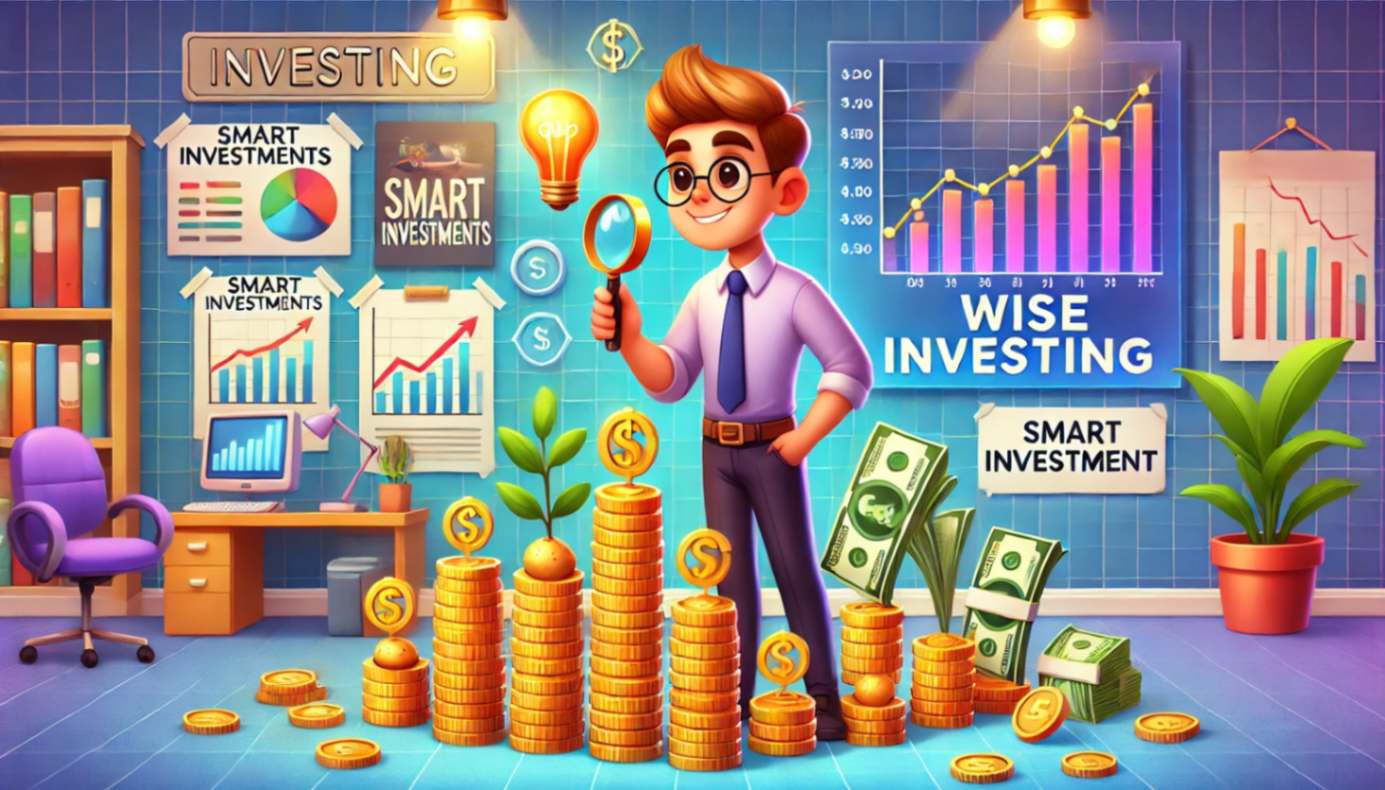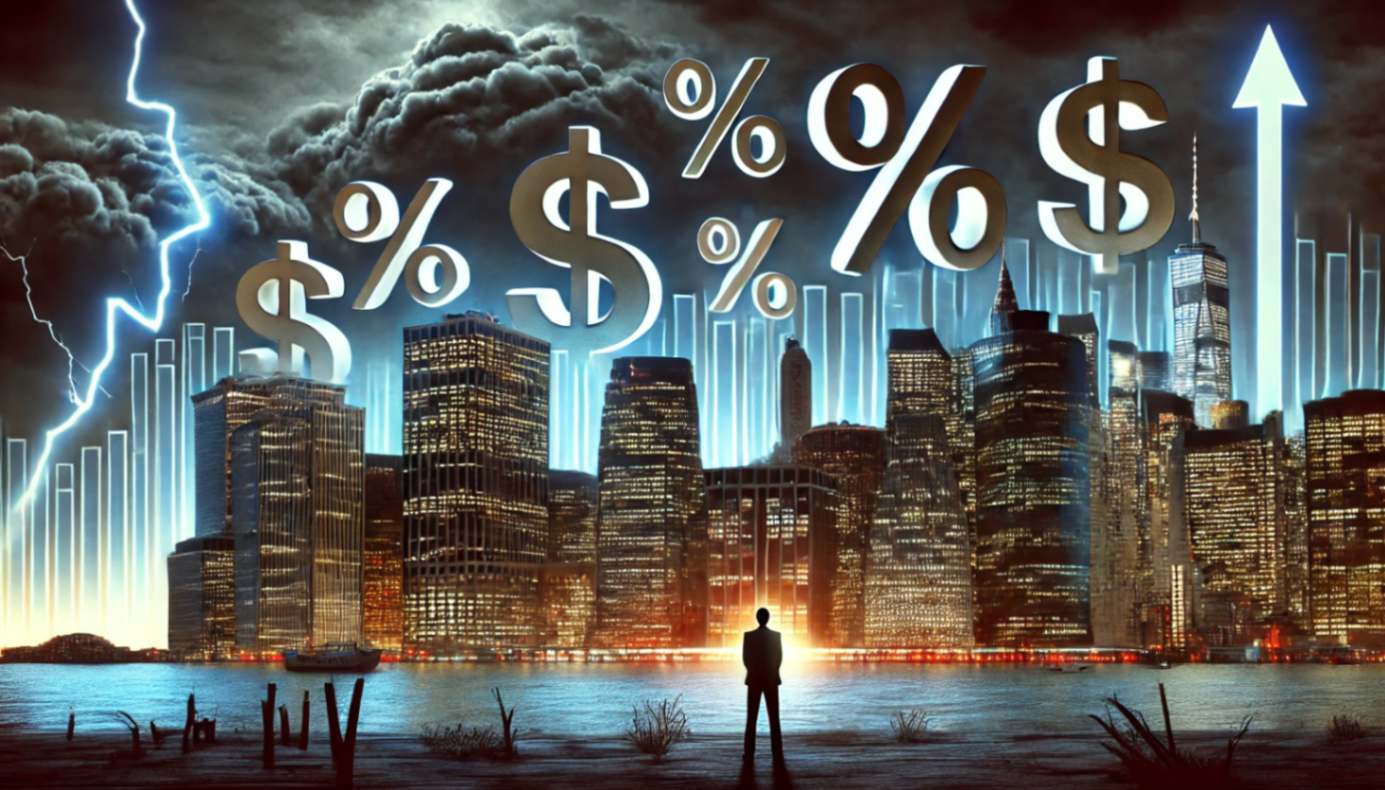Inflation. Just hearing the word can make even the savviest investors break out in a cold sweat. It’s like a shadow lurking behind every corner, threatening to erode the value of hard-earned money. And when we talk about inflation, one of the key indicators that everyone keeps an eye on is the Producer Price Index (PPI). So, what’s the deal with the US PPI, and why is it flashing red signals about looming inflation concerns? Let’s dive into it.
What is the Producer Price Index (PPI)?
Understanding the Basics
Alright, let’s break this down. The Producer Price Index (PPI) is like the thermometer of the economy, measuring the average changes over time in the selling prices received by domestic producers for their output. Think of it as the cost of goods before they hit the retail shelves. If the PPI is rising, it means producers are getting higher prices for their products, which often translates to higher costs for consumers down the line. Not a good sign if you’re on a budget!
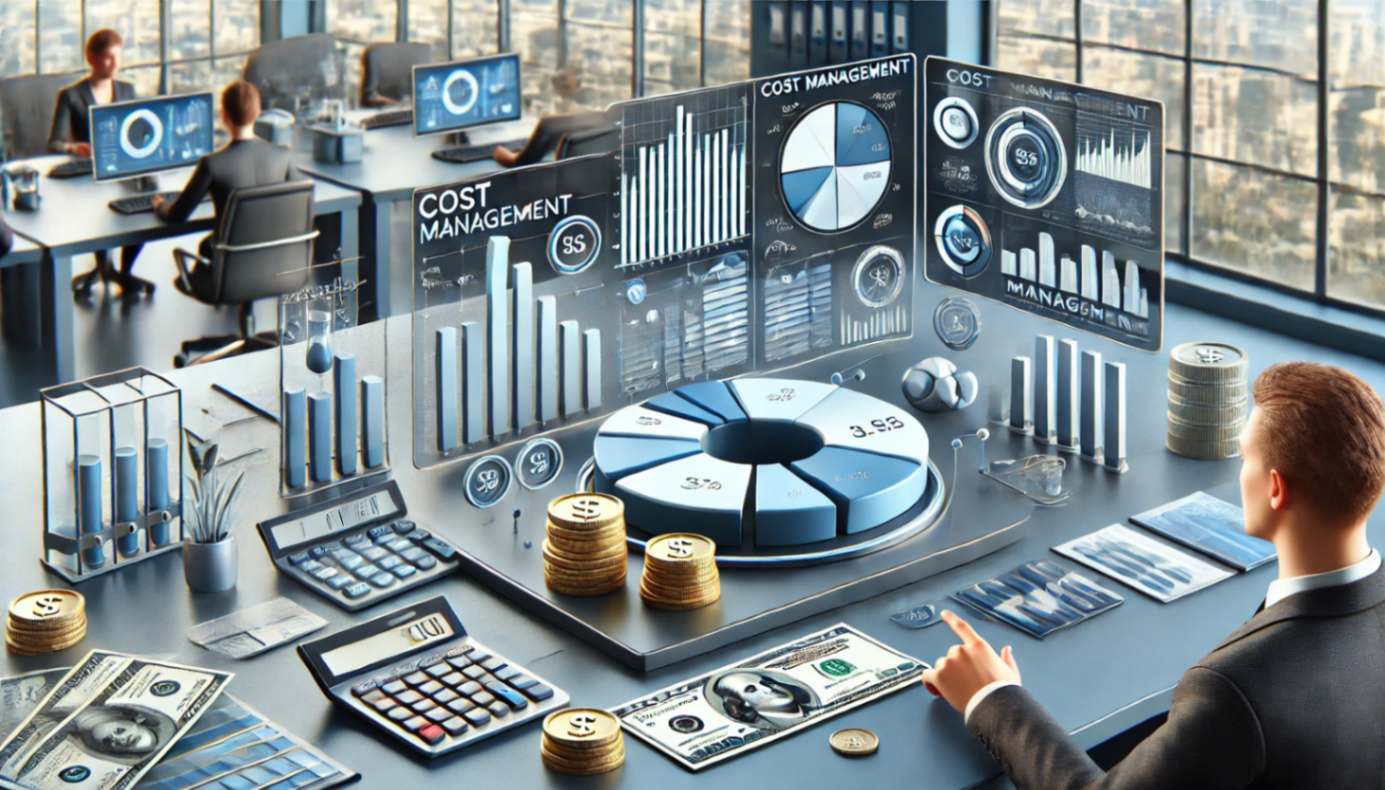
Why Should We Care About PPI?
You might be wondering, “Why should I even care about the PPI?” Well, here’s the kicker: the PPI can be a leading indicator of consumer price inflation. If producers are charging more, those costs usually get passed on to consumers. And guess what? That means you’ll be shelling out more money for everything from groceries to gadgets. It’s like a chain reaction, and trust me, it’s not the kind of domino effect you want to see.
The Current State of US PPI
Recent Trends
So, what’s the current buzz around the US PPI? Recently, we’ve seen some alarming trends. The index has been climbing steadily, hinting that inflation isn’t just knocking on the door—it’s barging in uninvited. This rise isn’t just a blip; it’s a pattern that’s been building up over months. And it’s got everyone from Wall Street to Main Street talking.
The Numbers Don’t Lie
Let’s look at the numbers. In the past year, the PPI has seen significant increases, outpacing even the most conservative forecasts. These hikes aren’t limited to a single sector either. We’re talking about broad-based increases, affecting everything from manufacturing to agriculture. It’s like a wildfire spreading across different industries, and it’s burning a hole in everyone’s pockets.
Factors Driving the Increase in PPI
Supply Chain Disruptions
One of the major culprits behind the rising PPI is supply chain disruptions. Remember those container ships stuck at ports? Yeah, that’s part of the problem. When goods can’t move smoothly from one place to another, it creates bottlenecks. And bottlenecks mean higher costs, which producers then pass on to consumers. It’s like a traffic jam during rush hour—frustrating and costly.
Rising Commodity Prices
Another big factor is the surge in commodity prices. From oil to metals, commodities are the building blocks of countless products. When their prices go up, everything that relies on them gets more expensive. It’s like baking a cake—if the price of flour skyrockets, so does the cost of the cake. And no one likes paying extra for their favorite dessert.
Labor Costs and Shortages
Let’s not forget about labor. With the ongoing labor shortages and rising wages, producers are facing higher operational costs. Companies are struggling to find workers, and when they do, they have to pay more to keep them. This uptick in labor costs is yet another reason why the PPI is on an upward trajectory. It’s a classic case of supply and demand, but with a costly twist.
Implications of a Rising PPI
Impact on Consumers
So, what does a rising PPI mean for you and me? In simple terms, it means we’ll be paying more for goods and services. Those higher prices at the production level eventually trickle down to the consumer. It’s like a game of hot potato, and guess who’s left holding it? That’s right, us—the consumers.
Strain on Household Budgets
With prices rising, household budgets are feeling the pinch. More of your paycheck is going toward essentials, leaving less for savings or discretionary spending. It’s a squeeze that many are already feeling, and it’s only getting tighter. It’s like trying to stretch a rubber band that’s already been pulled to its limit.
Economic Slowdown Risks
A higher PPI doesn’t just affect consumers. It can also slow down economic growth. When prices rise too quickly, it can lead to reduced consumer spending. And since consumer spending drives a significant portion of the economy, a slowdown here can ripple through other sectors, leading to a broader economic downturn. It’s like a domino effect, but instead of fun, it’s just anxiety-inducing.
The Role of Government and Policy Makers
Federal Reserve Actions
So, what are the folks at the Federal Reserve doing about all this? The Fed has a tricky balancing act. They can raise interest rates to cool off inflation, but that can also slow down economic growth. It’s like trying to walk a tightrope while juggling flaming torches—not exactly an easy task.
Fiscal Policies
On the fiscal side, the government can implement policies to ease inflationary pressures. This might include measures to improve supply chain efficiency or subsidies to lower production costs. However, these solutions take time to implement and show results. It’s not an instant fix, more like planting a tree and waiting for it to grow.
Historical Context
Past Inflationary Periods
To understand where we’re headed, it’s useful to look back. History has seen its fair share of inflationary periods. Remember the 1970s? High inflation led to skyrocketing prices and economic turmoil. The current situation isn’t as dire, but it serves as a reminder that inflation can quickly get out of hand if not managed properly.
Lessons Learned
One key lesson from the past is the importance of timely intervention. Delaying action can lead to more severe consequences down the road. It’s like ignoring a small leak in your roof—if you don’t fix it, you’ll end up with a much bigger and more expensive problem later on.
The Global Perspective
Inflation Around the World
It’s not just the US dealing with rising PPI and inflation concerns. Many other countries are in the same boat. Global supply chain issues and commodity price increases are affecting economies worldwide. It’s a reminder that we’re all interconnected in this global economy, like a spider web where a tug in one corner affects the whole structure.
Comparative Analysis
However, the severity and responses can vary. Some countries might have more robust measures in place to tackle inflation, while others might struggle more. Comparing these different approaches can provide insights and potential solutions. It’s like looking at your neighbor’s garden to figure out how to fix your own.
Market Reactions
Stock Market Volatility
Markets don’t like uncertainty, and rising inflation is a big question mark. Stock markets have been volatile, with investors trying to navigate these choppy waters. Higher production costs can squeeze corporate profits, leading to lower stock prices. It’s like trying to steer a ship through a storm—not for the faint of heart.
Bond Market Impact
Bonds are also affected. Rising inflation can lead to higher interest rates, which means lower bond prices. Investors looking for safe havens might find fewer options, adding to the overall market uncertainty. It’s a challenging environment for anyone trying to preserve their wealth.
Strategies for Consumers
Budget Adjustments
So, what can you do about it? First, take a hard look at your budget. Identify areas where you can cut back and prioritize essential expenses. It’s like tightening your belt during tough times—unpleasant but necessary.
Investing Wisely
Consider adjusting your investment strategy. Diversifying your portfolio can help manage risk management associated with inflation. Look into assets that traditionally perform well during inflationary periods, like real estate or certain commodities. It’s about finding a safe harbor in the storm.
Long-term Planning
Think long-term. Inflation can erode your purchasing power over time, so planning for the future is crucial. This might include increasing your savings rate or investing in inflation-protected securities. It’s like building a financial fortress to withstand the economic winds.
Business Adaptations
Cost Management
For businesses, managing rising costs is critical. This might involve finding more efficient production methods or negotiating better deals with suppliers. Every penny saved can help maintain profitability. It’s about being lean and mean in the face of rising costs.
Pricing Strategies
Businesses also need to rethink their pricing strategies. Passing on higher costs to consumers can be tricky, especially in a competitive market. Finding the right balance between maintaining margins and keeping customers is crucial. It’s like walking a tightrope—one wrong step and you could lose your footing.
Future Outlook
Economic Forecasts
Looking ahead, the outlook is mixed. Some experts predict that inflation pressures will ease as supply chains normalize and commodity prices stabilize. Others warn that we could be in for a prolonged period of higher inflation. It’s like trying to predict the weather—a lot of variables and no guarantees.
Preparing for the Unknown
The best approach is to stay informed and be prepared. Keep an eye on economic indicators and be ready to adapt your strategies as needed. It’s about being proactive rather than reactive, like having an umbrella handy just in case it rains.
Conclusion
The US Producer Price Index (PPI) is flashing warning signs about looming inflation concerns. Rising costs at the production level inevitably trickle down to consumers, squeezing household budgets and potentially slowing economic growth. While there are measures that policymakers impact can take to mitigate these effects, it’s clear that we’re in for a challenging period. By staying informed and being proactive, both consumers and businesses can navigate these turbulent waters. It’s a storm, no doubt, but with the right strategies, we can weather it.
FAQs
1. What is the Producer Price Index (PPI)?
The Producer Price Index (PPI) measures the average change in selling prices received by domestic producers for their output, serving as an indicator of inflation at the wholesale level.
2. How does a rising PPI affect consumers?
A rising PPI typically leads to higher consumer prices as increased production costs are passed down the supply chain, impacting household budgets.
3. What are the main factors driving the increase in PPI?
Key factors include supply chain disruptions, rising commodity prices, and increased labor costs, all contributing to higher production expenses.
4. How can individuals protect themselves from the effects of inflation?
Adjusting budgets, diversifying investments, and planning for long-term financial stability are crucial steps individuals can take to mitigate the impact of inflation.
5. What actions can businesses take to manage rising costs?
Businesses can focus on cost management strategies, efficient production methods, and carefully balancing pricing strategies to maintain profitability amidst rising costs.

